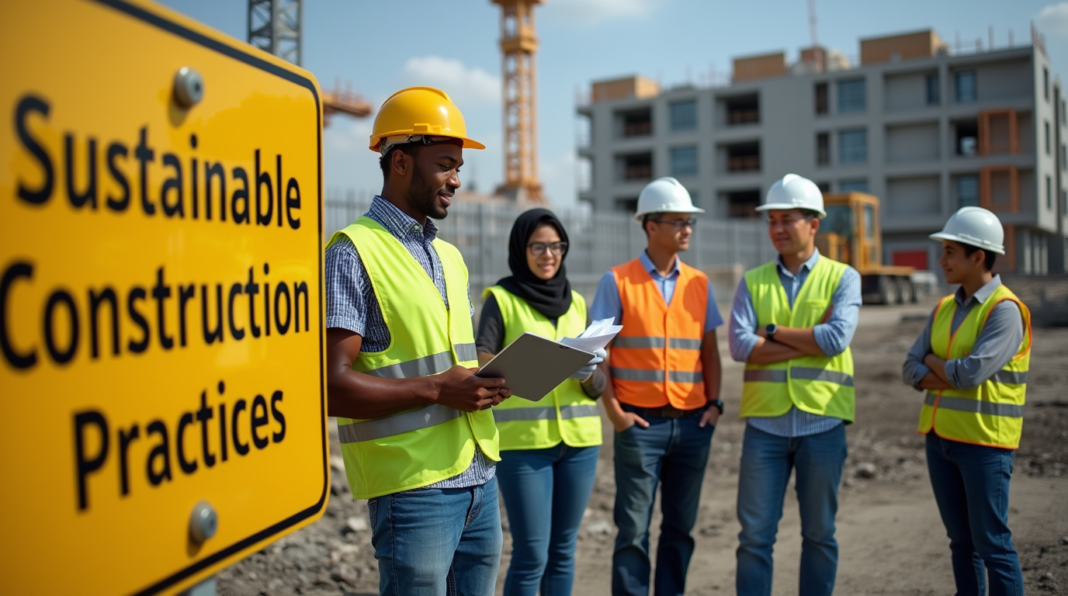Rethinking What Construction Success Looks Like
Construction ESG with BIM is reshaping how we define success in the building industry. There’s something about the way the construction industry is evolving that feels different from even five or ten years ago. It’s no longer just about efficiency or finishing the job within budget—though those things still matter, of course. Now, there’s a stronger expectation that projects will stand for something more. Investors, clients, even communities are starting to ask bigger questions. Questions about sustainability, ethics, and social value. And that’s where ESG—Environmental, Social, and Governance—metrics come into play.
What’s interesting is that these concepts aren’t exactly new. We’ve been talking about green buildings and safety culture for years. But now they’re more tied to financing and long-term asset performance. If a project can’t demonstrate environmental awareness or social responsibility, it risks being passed over. And when you add digital tools like BIM into the mix, it becomes easier to make those values tangible—not just concepts on a slide deck.
How BIM Helps Make ESG Goals Tangible
I’ve seen how BIM helps translate ESG goals into something teams can work with. You can simulate energy use before a building is even constructed. You can analyze materials and their impact on carbon footprint. You can check for natural light and airflow, helping create spaces that feel better for the people who use them.
On the social side, there’s been a growing focus on accessibility and worker safety. BIM has found a role here as well. I’ve worked with teams using it to model evacuation routes or to run safety training using virtual reality. It’s the kind of proactive planning that doesn’t just tick a box—it saves lives and supports better working conditions. And when it comes to inclusivity—whether that’s designing public spaces or considering mobility access—BIM helps visualize those decisions clearly.
Governance, Trust, and the Financing Link

BIM’s role in Construction ESG with BIM initiatives is becoming more critical for transparency and compliance. Where BIM becomes especially powerful is in governance. It keeps track of every change made to a project—the who, what, and when. That kind of traceability is crucial when you’re trying to meet compliance standards or show investors where things stand. There’s a level of trust that comes from knowing everything is documented and up-to-date. It’s hard to overstate how valuable that is, especially when money is on the line.
Speaking of money, ESG isn’t just a moral or regulatory concern anymore—it’s a financial one. Some investors won’t even look at a project unless it can prove its ESG credentials. I’ve seen loan terms tied to sustainability outcomes. Lower emissions or safer job sites can actually lead to better interest rates. It’s a shift in mindset, but one that’s gaining ground fast. And again, BIM makes it easier to provide the data and evidence those decisions require.
Beyond Construction: Staying Accountable Over Time
That data doesn’t stop being useful once the project wraps up. One of the most overlooked aspects of BIM is how helpful it is during the operational phase of a building’s life. You can monitor performance, plan maintenance, and adjust systems to improve energy use—all while keeping a record that supports ESG tracking. It’s not just about the handover; it’s about ensuring the building continues to meet expectations long after it’s opened.
There are global frameworks that help guide all this—GRESB, SASB, LEED, and BREEAM among them. They help bring some consistency to how ESG is measured and reported. Still, it’s not always simple. Different countries and regions have different requirements. There’s also the cost—both of setting up BIM and of aligning with ESG expectations. It can be a lot for smaller firms, or even for larger ones still figuring out where to start.
Then there’s the issue of greenwashing. It’s one thing to talk about sustainability—it’s another to actually deliver it. That’s where third-party reviews, external audits, and a bit of honest reflection come in. Transparency matters. And the clearer your data, the harder it becomes to fake.
Even with all these hurdles, I think the direction is a good one. The projects that are starting to come through—those that really engage with ESG principles and use tools like BIM not just for efficiency, but for accountability—feel like they’re part of something bigger. They represent not just technical success, but ethical intent. And for those of us involved in shaping what gets built, that’s a future worth working toward. Embracing Construction ESG with BIM isn’t just about tools—it’s about accountability, impact, and long-term value.
References
- GRESB. ESG Benchmarking for Real Assets
- SASB. Sustainability Accounting Standards Board
- LEED and BREEAM. Sustainable Building Certifications
- ESRI, BIM Tools, and Green Bond Frameworks (assorted industry sources)

